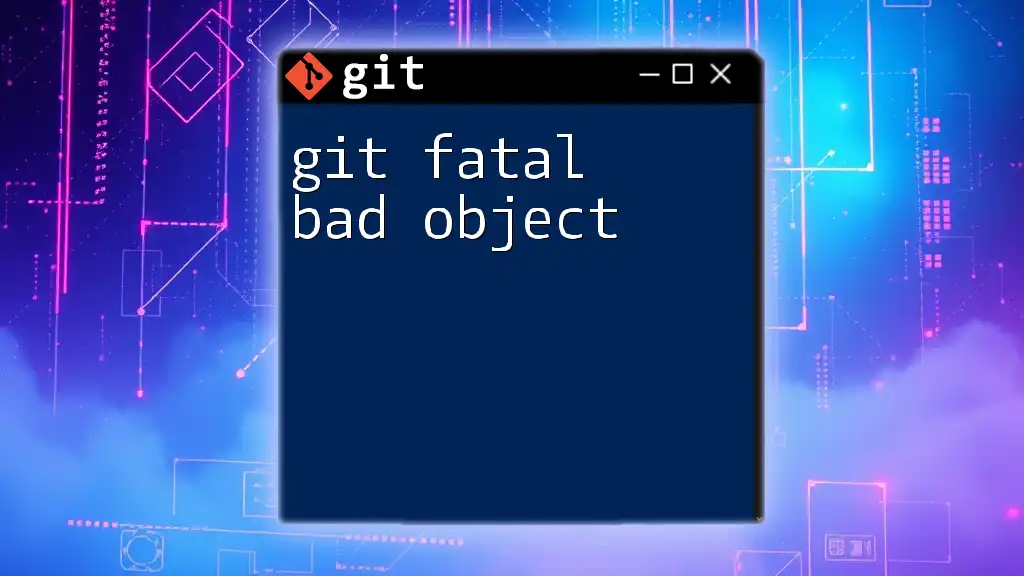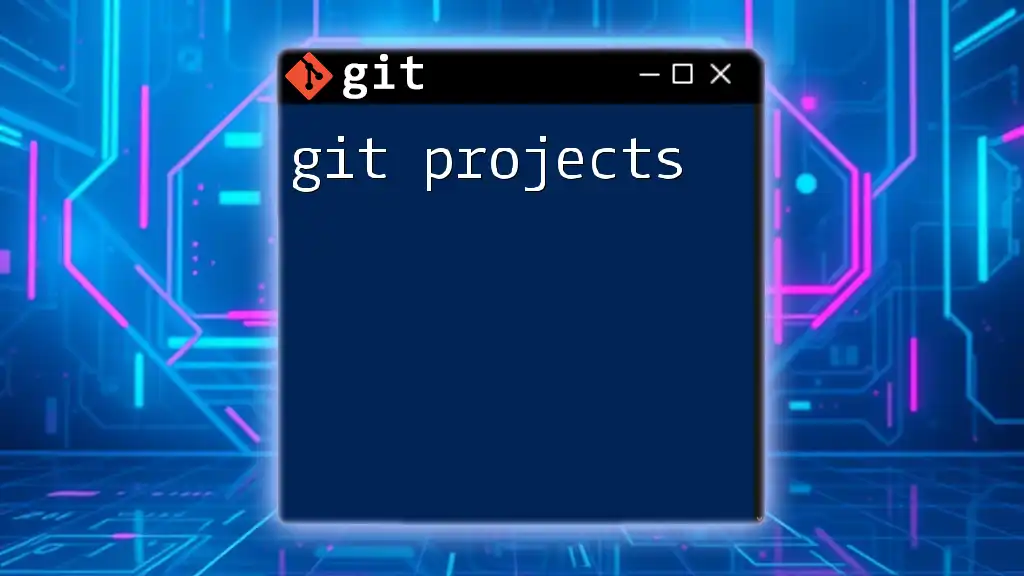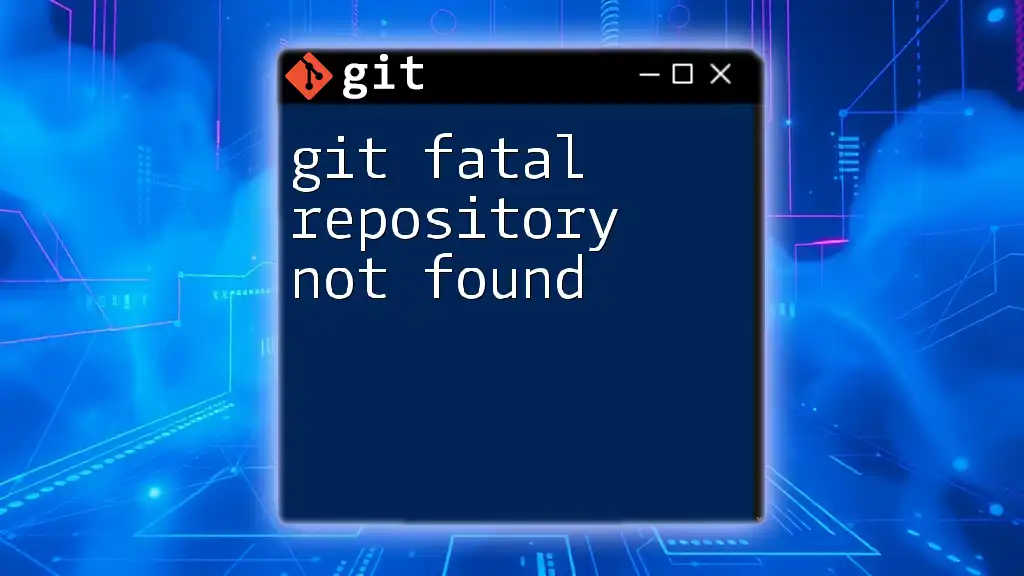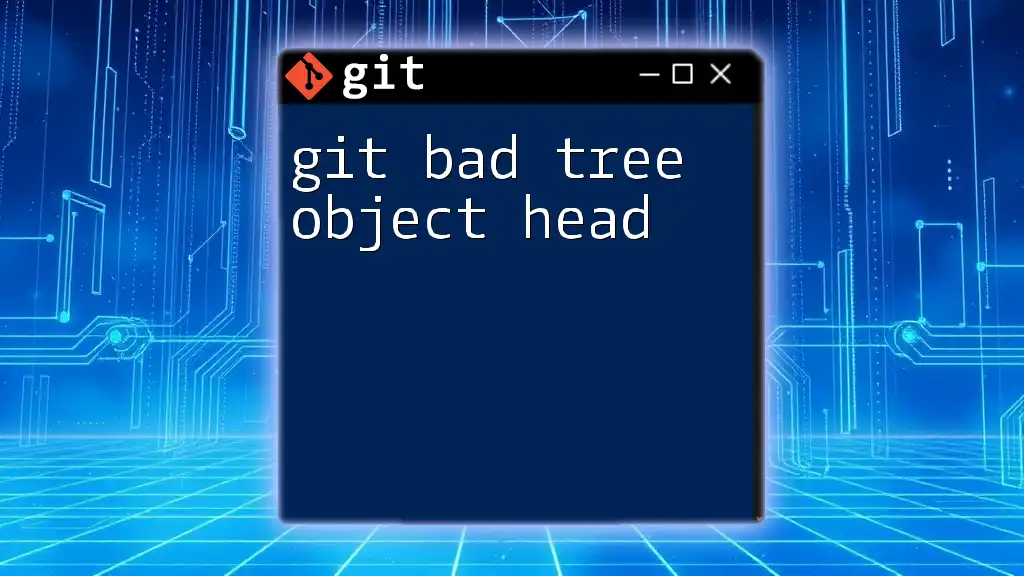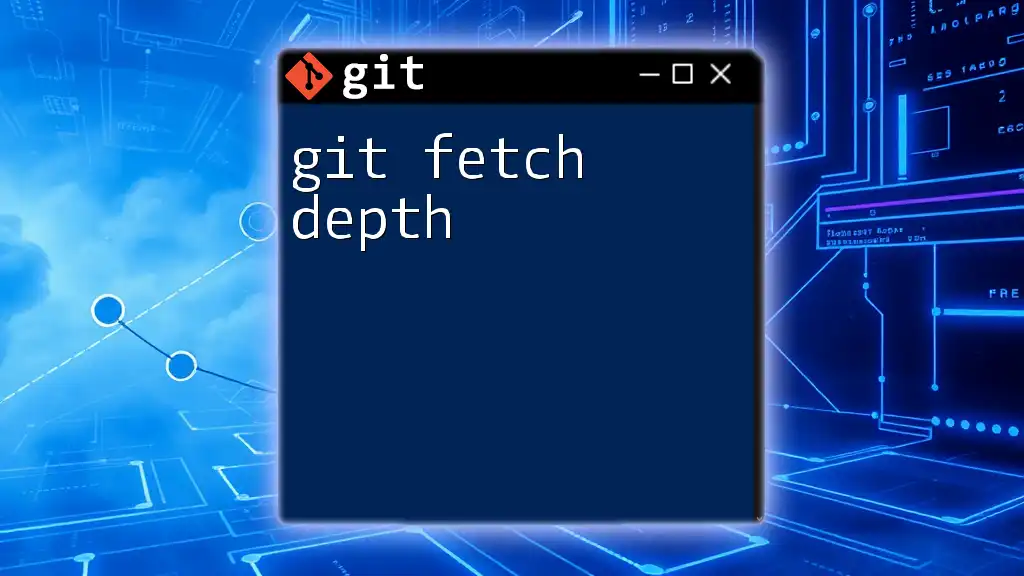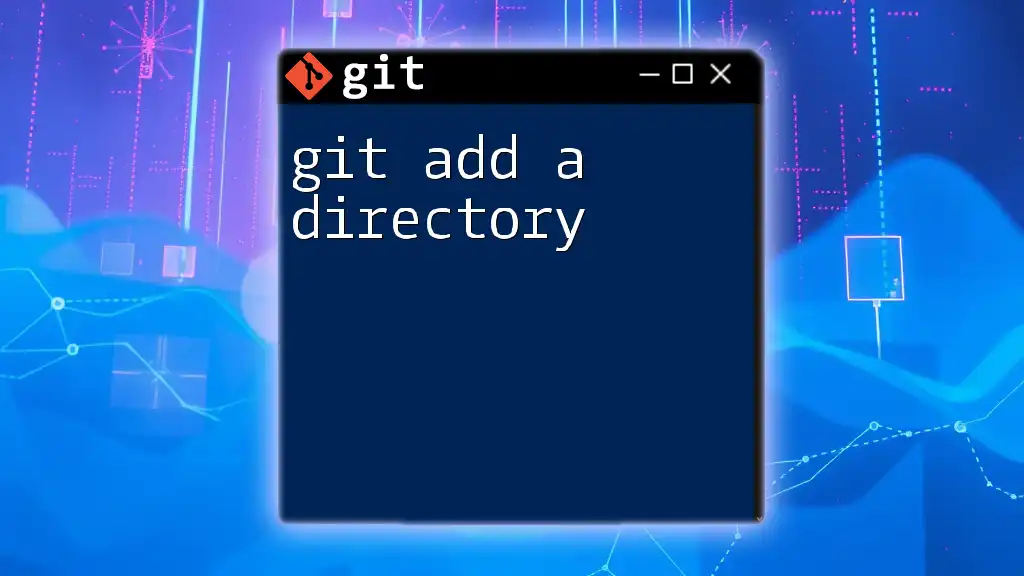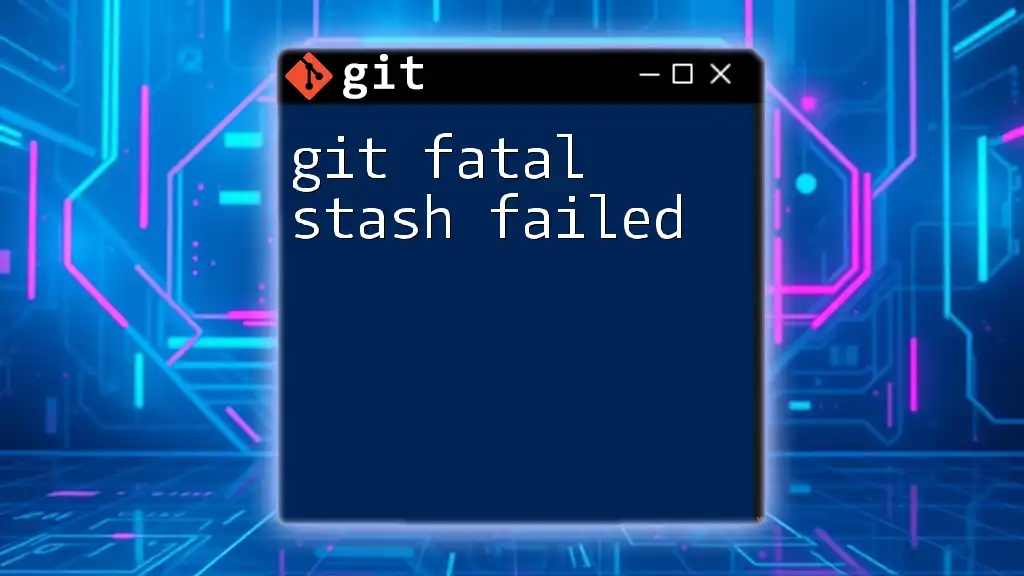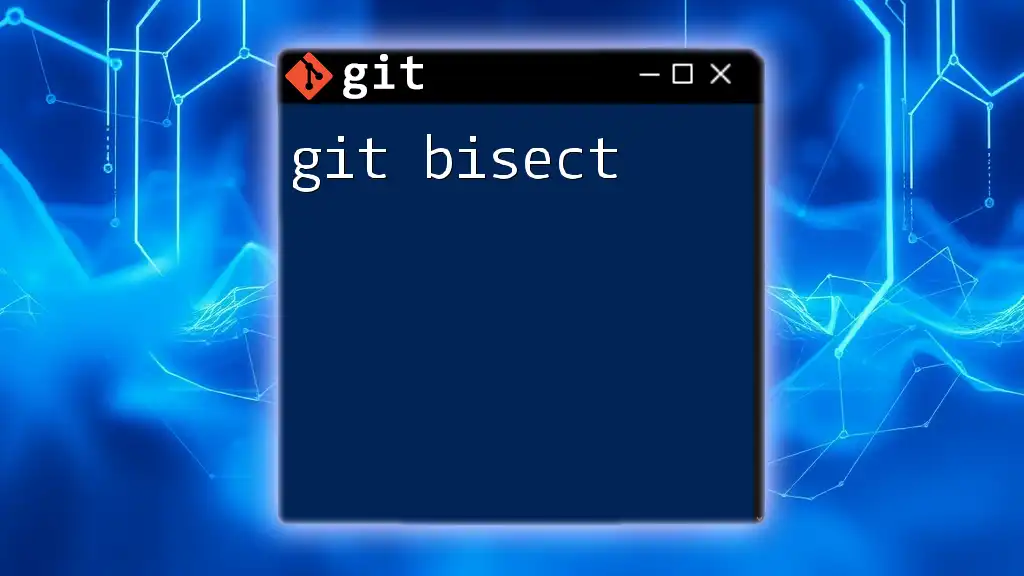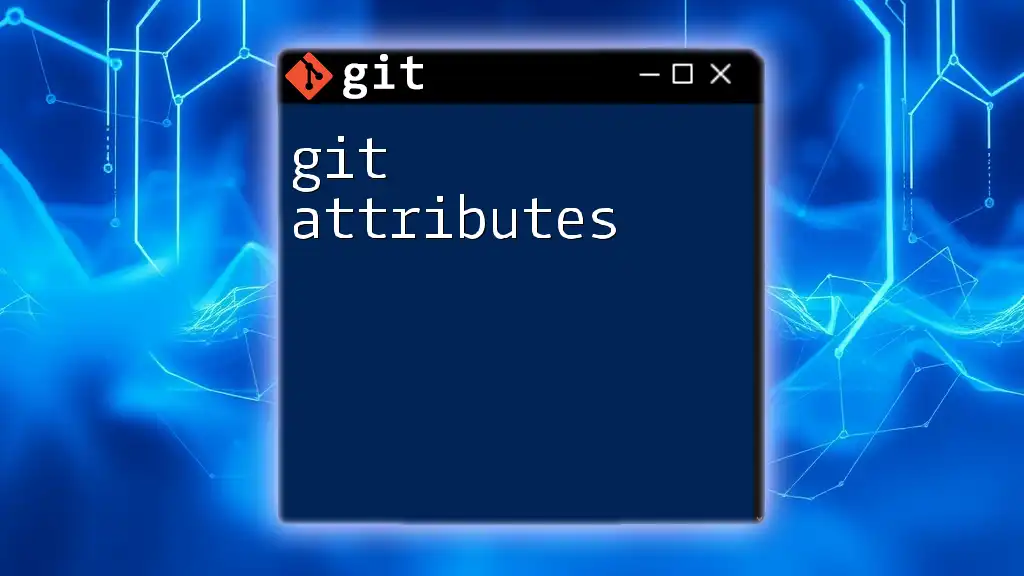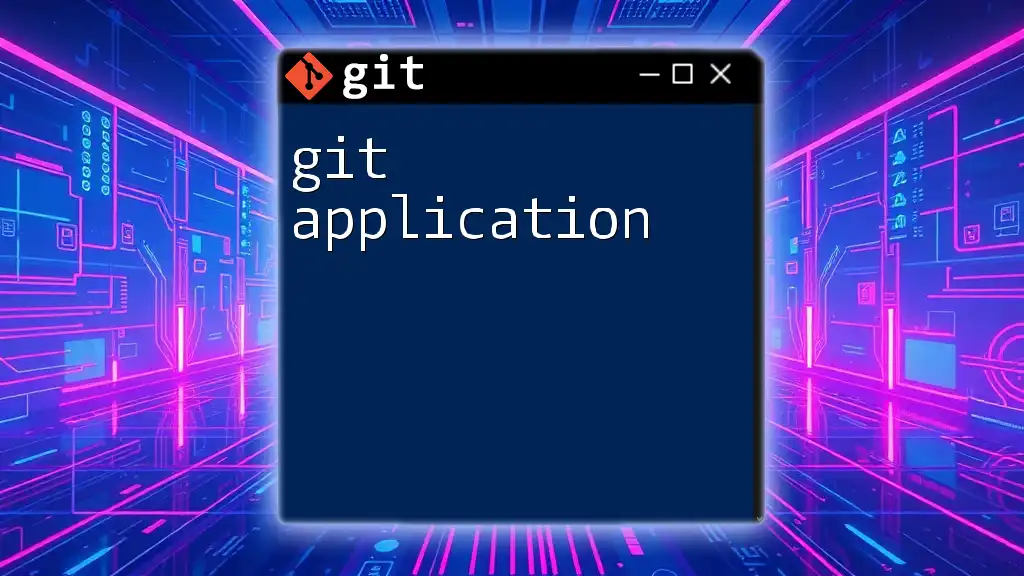The "git fatal: bad object" error occurs when you try to reference a commit or object in Git that does not exist or is unreachable in your repository.
Here's a code snippet demonstrating a common situation that may trigger this error:
git checkout abc1234
In this example, if `abc1234` is an invalid or non-existent commit hash, Git will return a "fatal: bad object" error message.
Understanding the "fatal: bad object" Error
What is a "bad object" in Git?
In Git, objects form the foundation of the version control system. There are three primary types of objects: blobs (file contents), trees (directory structures), and commits (snapshots of project history). A "bad object" refers to any object that Git is unable to read or locate correctly. When this happens, you may encounter the ominous message: "fatal: bad object."
This error indicates that a requested object – whether it’s a file version, tree, or commit – is corrupted or missing. Understanding this concept is crucial in troubleshooting and resolving issues within your repository.
Common Causes of the Error
-
Corrupted repository: Corruption can stem from various sources such as hardware failures, unexpected shutdowns, or file system issues. When a repository is corrupted, Git may struggle to locate the necessary objects, leading to the "fatal: bad object" error.
-
Missing objects: Objects may go missing due to a range of reasons, including improper clone commands, erroneous repository deletions, or manual modifications to the `.git/objects` directory. When you reference an object that Git cannot find, the error will occur.
-
Incorrect references: References in Git, such as branches or tags, direct Git to specific commits. If these references point to an object that no longer exists or is corrupted, you will face the "fatal: bad object" error. Mismanagement of branch operations often leads to these issues.
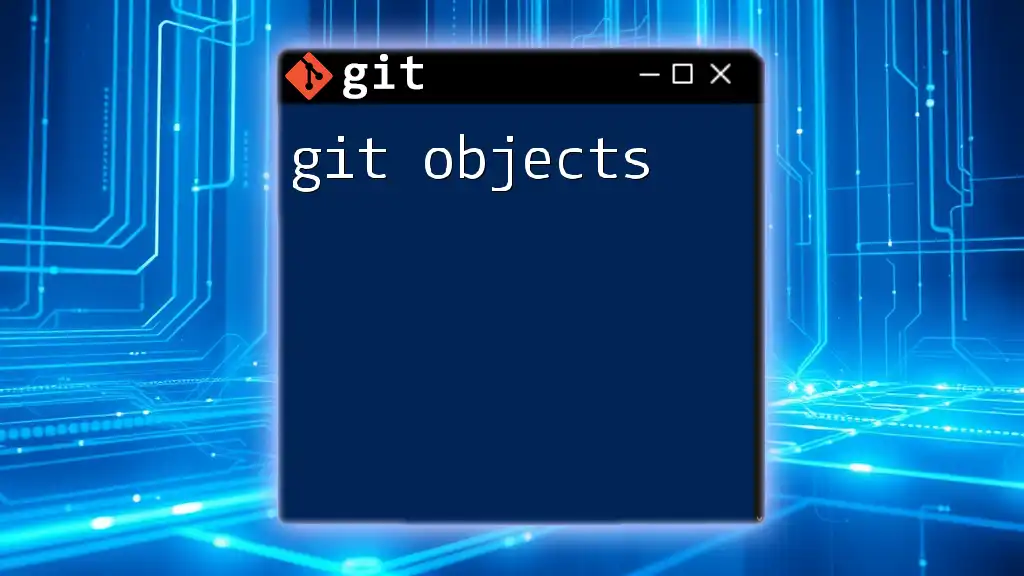
Diagnosing the Issue
Steps to Identify the Problem
To effectively resolve the "fatal: bad object" error, it’s essential to diagnose the issue thoroughly:
-
Running `git fsck`: This command checks the integrity of the repository. Upon execution, it scans for corrupted objects and any dangling references. To use this command, simply run:
git fsckThe output will detail any issues it encounters, helping to narrow down the cause of the error.
-
Checking the `.git/objects` directory: This directory contains the actual object data. Navigate to this directory and inspect the files. Each object is stored as a compressed file named by the SHA-1 hash. Look for any missing or incorrectly named files, as this may elucidate the problem.
-
Reviewing Git logs: Observing the history of commands and changes within the repository can provide valuable insights. You can view the commit history with:
git logAdditionally, `git reflog` serves as a useful tool to review recent operations, shedding light on any changes that might have introduced the error.
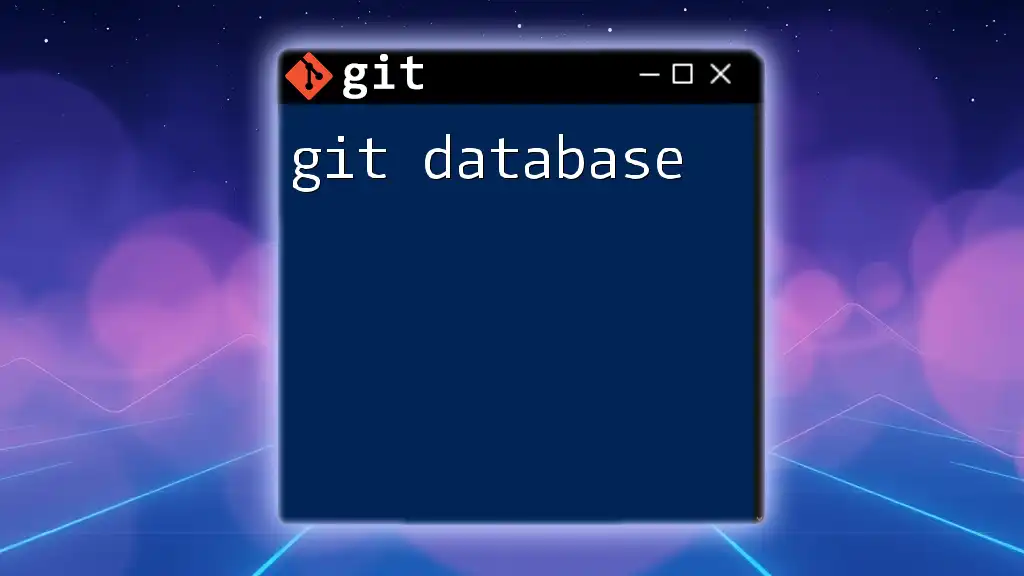
Resolving the "fatal: bad object" Error
Solutions for Reinforcing Repository Integrity
Once you’ve diagnosed the underlying cause, it’s time to implement solutions. Here are some effective strategies:
-
Rebuild the repository: In cases of severe corruption, you may need to clone a fresh version of the repository. This process ensures that you have all valid objects:
git clone <repository-url>After cloning, you’ll have a clean slate, free from any "bad objects."
-
Restoring missing objects: If certain objects are missing, you can attempt to restore them by checking out specific commits. For example:
git checkout <commit-hash>This command directs Git to migrate the working directory to the state of the specified commit, potentially recovering the missing objects.
-
Fixing references: If references are incorrect, examine your branches and tags. To reset a branch to its last known good state, you can use:
git reset --hard <commit-hash>Be cautious with this command, as it will remove any uncommitted changes.
Preventive Measures
To avoid encountering the "fatal: bad object" error in the future, consider these preventive practices:
-
Regular backups: Create consistent backup routines to maintain a copy of your repository in case of corruption or loss. Utilize both local and cloud-based solutions to guarantee redundancy.
-
Using Git hooks: Implement Git hooks to enforce validation checks before pushing changes. These hooks can catch errors early and prevent issues from propagating. For instance, you can set up a pre-push hook to validate object integrity.
-
Collaboration Best Practices: Establish clear communication among team members. Establish protocols for merging changes and modifying the repository structure, reducing the risk of accidental corruption.
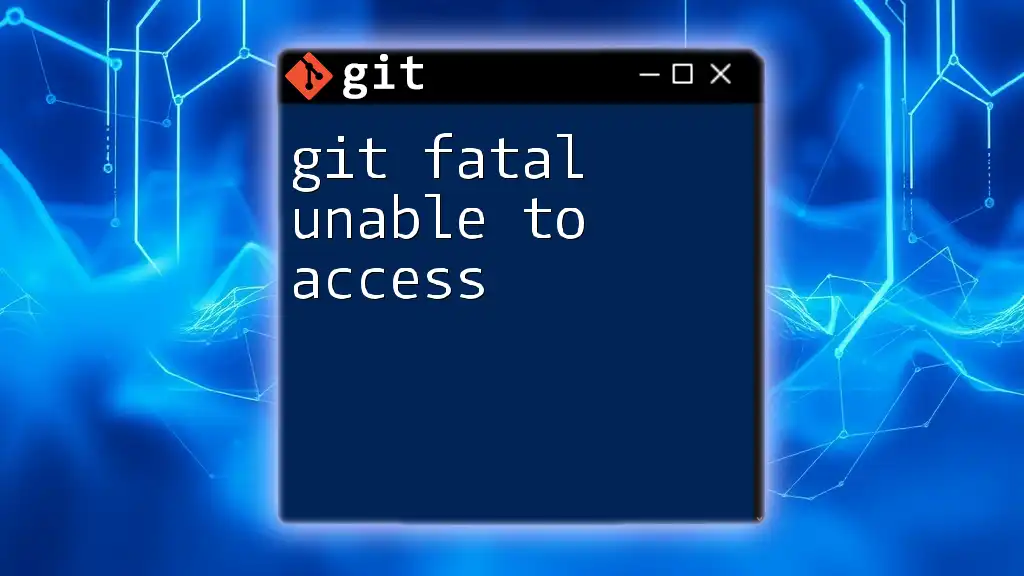
Conclusion
Understanding the intricacies of the "fatal: bad object" error is vital in navigating Git effectively. By knowing its causes, diagnosis techniques, and resolutions, you empower yourself and your team to maintain a robust version control environment. Embrace these practices, and don’t hesitate to continually explore the rich world of Git commands for greater proficiency. For further learning, stay tuned to our blog for concise and informative Git tutorials.

